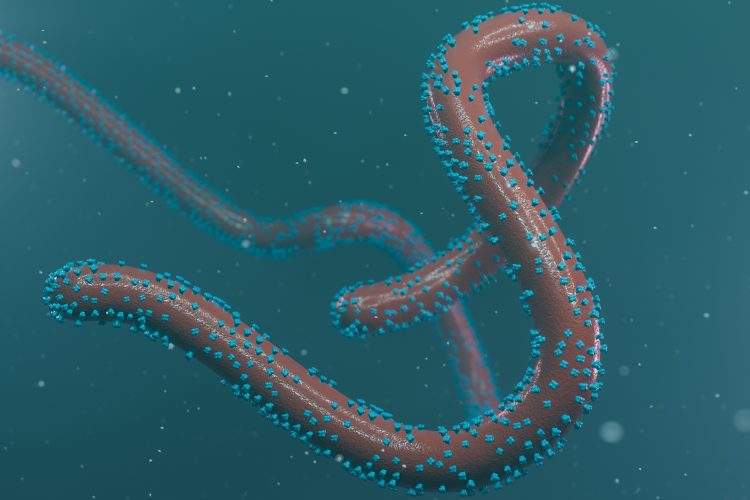Experiments with Marburg virus reveal novel antibody protective mechanisms
Posted: 22 April 2020 | Hannah Balfour (Drug Target Review) | No comments yet
Researchers discovered the monoclonal antibodies of a convalescent Marburg infection patient bound to the glycoprotein and combatted infection in two novel ways.


In an attempt to develop effective treatments to combat the Marburg virus, a lethal human virus, researchers studied the monoclonal antibodies (mAbs) of a patient who survived a infection from the condition. The team discovered the antibodies which targeted the virus had two novel mechanisms of action that helped protect against the disease.
The Marburg virus belongs to the filovirus family, which also includes Ebola. It is a potentially lethal virus and similarly to Ebola and COVID-19, there is currently no approved vaccine or therapeutic for this virus.
In a collaboration led by The University of Texas Medical Branch (UTMB) at Galveston and Vanderbilt University Medical Center, both US, researchers worked from previous research where a large panel of mAbs had been characterised from the B cells of a person who survived a Marburg infection.
In a paper published in Cell Host & Microbe, the team tested how these antibodies work in mice infected with Marburg and observed that they bind to the viral envelope glycoprotein, but do not directly kill the virus.
Instead the study revealed that the antibodies binding to the glycoprotein recruited immune cells to kill the infected cells and one antibody rearranged the glycoprotein to allow other antibodies to kill the virus. The protective effect of the antibodies was established by giving mice infected with Marburg virus a single antibody dose 24 hours after infection. All of the mice who received the antibodies survived the Marburg infection, which was uniformly lethal in the control animals.
“Antibodies are currently the most promising platform for developing post-exposure treatments for Marburg virus infection and are critical tools for design of improved vaccines,” said study senior author Alex Bukreyev, a UTMB virologist in the departments of Pathology and Microbiology & Immunology and leader the UTMB team that performed the study. “Understanding the mechanisms of antibody-mediated protection during Marburg virus infection is also useful for understanding antibody protection against other viral pathogens, including SARS-CoV-2, which causes COVID-19.”
Related topics
Analysis, Antibodies, Disease research, Genomics, Immunology, Proteogenomics, Therapeutics
Related conditions
Ebola virus, Marburg virus
Related organisations
The University of Texas Medical Branch (UTMB), Vanderbilt University Medical Center (VUMC)
Related people
Alex Bukreyev



